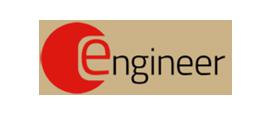- View more resources from this publisher
 ENGINEER Project
ENGINEER Project
Super Sucker: Designing a Machine to Clean up Litter
This resource provides a design and technology project for older primary children. Linking to the topic of electricity, it provides a practical context in which children focus on electric circuits, motors and batteries to build their own mini-vacuum cleaner. The series of four lessons begins by introducing the engineering problem and asking the children to solve the problem. In the second lesson children take a detailed look at a hairdryer identifying its different parts and their functions. Applying previous learning about circuits, they then look at motors and fans, focussing on how differences in design change the effectiveness of the fan. They then make a switch for their device. In lesson three children work in groups to design and build their own vacuum cleaner, thinking about materials and component parts and how they will work to solve the initial problem. Finally the class discuss their different solutions and evaluate their designs against the initial criteria.
These resources were produced by The European project ENGINEER, under the funding of the 7th framework programme, as part of ENGINEER project, contract № 288989. This work is licensed under a Creative Commons Attribution-NonCommercial 4.0 International License.
Show health and safety information
Please be aware that resources have been published on the website in the form that they were originally supplied. This means that procedures reflect general practice and standards applicable at the time resources were produced and cannot be assumed to be acceptable today. Website users are fully responsible for ensuring that any activity, including practical work, which they carry out is in accordance with current regulations related to health and safety and that an appropriate risk assessment has been carried out.




